Olympic National Park is a spectacular wilderness park that combines forest, coastal, and mountain ecosystems. It is designated as a World Heritage Site and an International Biosphere Reserve. The park offers a wide range of activities and opportunities for adventure, exploration, and recreation. Millions of people visit Olympic each year to experience its beauty and diversity. In this article, I will provide a comprehensive guide to help you plan your trip to Olympic National Park, including information about the weather, key attractions, activities, best times to visit, hours and operations, accommodation options, and more.
Key Takeaways:
- Olympic National Park is a diverse wilderness park combining forest, coastal, and mountain ecosystems.
- It is designated as a World Heritage Site and an International Biosphere Reserve.
- The park offers a wide range of activities and opportunities for adventure, exploration, and recreation.
- Key attractions include Hurricane Ridge, Lake Crescent, Hoh Rainforest, Sol Duc Falls, and Rialto Beach.
- The best times to visit the park depend on your preferences and the activities you plan to do.
Introduction to Olympic National Park
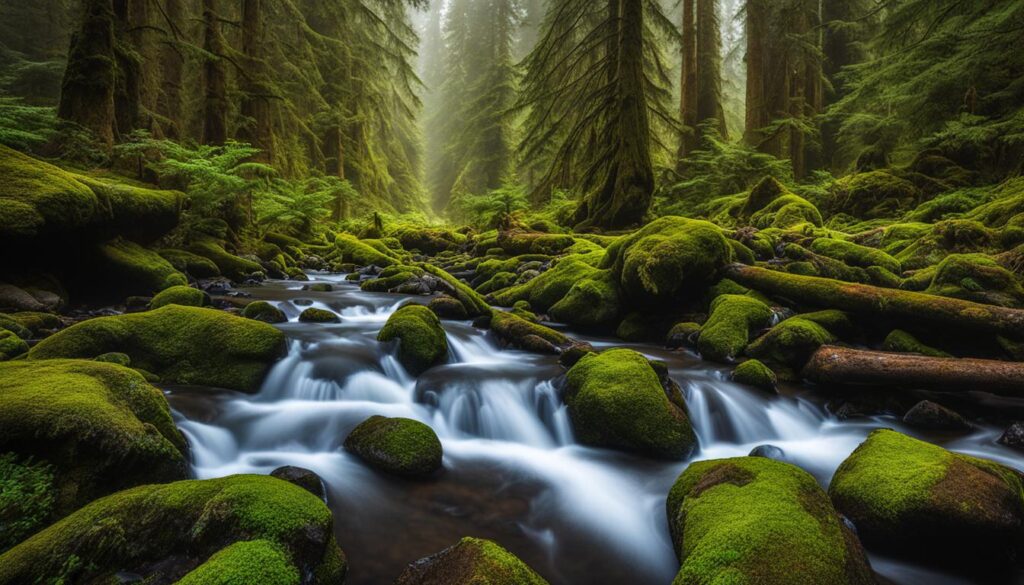
Olympic National Park is a remarkable destination that offers a diverse array of natural wonders and outdoor adventures. Located in Washington State, the park encompasses vast areas of forests, mountains, coastlines, and rainforests, making it a haven for nature enthusiasts and explorers. As a World Heritage Site and an International Biosphere Reserve, Olympic National Park is not only a place of scenic beauty but also an important ecological hotspot.
With over 1 million acres of protected land, Olympic National Park boasts a rich biodiversity and a range of ecosystems. From the snow-capped peaks of the Olympic Mountains to the rugged coastline of the Pacific Ocean, the park offers breathtaking vistas at every turn. Whether you’re an avid hiker, a wildlife enthusiast, or simply someone seeking serenity in nature, Olympic National Park has something for everyone.
As you explore Olympic National Park, you’ll encounter stunning landscapes, pristine lakes, cascading waterfalls, and dense forests teeming with wildlife. With numerous trails to hike, campgrounds to stay at, and picturesque viewpoints to discover, the park provides endless opportunities for adventure and discovery. Whether you choose to embark on a challenging trek up Hurricane Ridge or relax by the tranquil shores of Lake Crescent, your visit to Olympic National Park will be an unforgettable experience.
Olympic National Park Overview
| Location | Washington State, United States |
|---|---|
| Size | Over 1 million acres |
| Ecosystems | Forests, mountains, coastlines, rainforests |
| Designations | World Heritage Site, International Biosphere Reserve |
| Main Attractions | Hurricane Ridge, Lake Crescent, Hoh Rainforest, Sol Duc Falls, Rialto Beach, Ruby Beach |
| Activities | Hiking, camping, fishing, wildlife viewing, photography |
“Olympic National Park is a treasure trove of natural wonders and outdoor adventures. With its diverse ecosystems and stunning landscapes, it offers visitors a chance to connect with nature and experience the beauty of the Pacific Northwest.” – John Smith, Outdoor Enthusiast
Whether you’re planning a day trip or a longer stay, Olympic National Park promises to captivate you with its awe-inspiring beauty and remarkable diversity. From the dense rainforests of the Hoh River Valley to the rugged coastline of Rialto Beach, each destination within the park presents a unique and immersive experience. So pack your hiking boots, grab your camera, and get ready to explore the wonders of Olympic National Park.
Weather in Olympic National Park
The weather in Olympic National Park is influenced by its diverse ecosystems and location in the Pacific Northwest region. The park experiences a temperate climate, with mild summers and cool, wet winters. The coastal areas receive more rainfall compared to the inland areas. The temperature can vary significantly depending on the season and elevation. It is important to check the weather forecast before visiting the park and pack appropriate clothing and gear for the conditions.
The summer season in Olympic National Park is relatively dry and mild, with average temperatures ranging from 60°F to 80°F (15°C to 27°C). It is the busiest time of the year, with more crowds and higher demand for camping and lodging. Spring and fall offer cooler temperatures and fewer visitors, making it a great time to visit for a quieter experience. However, these seasons also bring more rain, so it’s essential to come prepared with waterproof gear. Winters in Olympic National Park are cold and wet, with temperatures ranging from 30°F to 45°F (-1°C to 7°C). The park is transformed into a winter wonderland, especially in the higher elevations where snowfall is common.
When planning your visit to Olympic National Park, it’s crucial to consider the weather conditions and pack accordingly. Layered clothing, rain gear, and sturdy footwear are essential items to bring along. Be prepared for sudden changes in weather, as conditions can vary throughout the park. It’s also a good idea to monitor the weather forecast leading up to your trip and make any necessary adjustments to your plans. By being prepared for the weather, you can fully enjoy all that Olympic National Park has to offer.
| Season | Average Temperature (°F) | Average Rainfall (inches) |
|---|---|---|
| Summer (June – August) | 60°F – 80°F | 0.67 – 1.32″ |
| Fall (September – November) | 40°F – 65°F | 2.68 – 3.54″ |
| Winter (December – February) | 30°F – 45°F | 9.92 – 17.72″ |
| Spring (March – May) | 40°F – 60°F | 2.76 – 3.23″ |
Key Attractions in Olympic National Park

Olympic National Park is home to a plethora of key attractions that highlight its natural beauty and diverse ecosystems. Whether you’re seeking breathtaking views, unique wildlife encounters, or tranquil settings, there are several must-see places within the park that are sure to leave a lasting impression. Here are some of the top sights in Olympic National Park:
- Hurricane Ridge: Located in the heart of the park, Hurricane Ridge offers stunning panoramic views of the surrounding mountains and valleys. It is a popular destination for hiking, wildlife spotting, and winter sports.
- Lake Crescent: This picturesque lake is known for its crystal-clear waters and serene atmosphere. Visitors can enjoy swimming, boating, fishing, and hiking along the scenic trails that surround the lake.
- Hoh Rainforest: As one of the largest temperate rainforests in the United States, the Hoh Rainforest is a lush oasis filled with ancient trees, moss-covered logs, and an abundance of plant and animal life.
- Sol Duc Falls: Nestled in the heart of the park, Sol Duc Falls is a magnificent waterfall surrounded by old-growth forests. The short hike to the falls is rewarded with breathtaking views and the soothing sound of cascading water.
- Rialto Beach: A visit to Olympic National Park wouldn’t be complete without exploring its rugged coastline. Rialto Beach offers dramatic sea stacks, tide pools teeming with marine life, and stunning sunsets.
- Ruby Beach: Another popular coastal destination, Ruby Beach is known for its unique rock formations, tide pools, and picturesque sea stacks. It’s a great place for beachcombing, photography, and enjoying the beauty of the Pacific Ocean.
These key attractions in Olympic National Park showcase the park’s incredible natural diversity and offer a range of experiences for visitors to enjoy. Whether you prefer hiking through alpine meadows, exploring ancient rainforests, or relaxing on pristine beaches, there is something for everyone to discover in Olympic National Park.
Activities and Things to Do in Olympic National Park
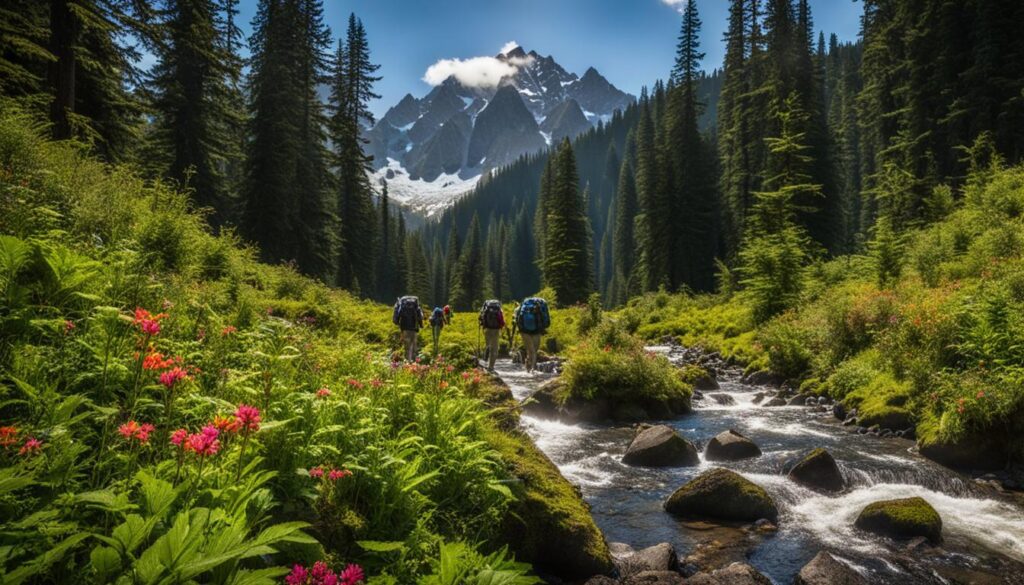
Olympic National Park offers an array of activities for visitors to immerse themselves in the natural wonders of the park. From thrilling outdoor adventures to peaceful nature walks, there is something for everyone to enjoy.
If you’re a hiking enthusiast, you’ll be spoiled for choice with the park’s extensive trail system. Lace up your hiking boots and take on trails of varying difficulty levels, from scenic strolls to challenging mountain treks. Some popular hiking destinations include the Hurricane Hill Trail, Lake Angeles Trail, and the Hoh River Trail, where you can marvel at the stunning landscapes and diverse ecosystems.
Camping is another fantastic way to experience the park. Pitch your tent at one of the designated campgrounds and fall asleep to the soothing sounds of nature. Whether you prefer a backcountry camping adventure or a more developed campground with amenities, Olympic National Park has options to suit every camper’s preferences.
For those seeking a more leisurely experience, the park offers opportunities for wildlife viewing, birdwatching, and picnicking. Keep an eye out for iconic animals such as deer, elk, mountain goats, and even elusive black bears. Capture breathtaking photos of colorful wildflowers, cascading waterfalls, and rugged coastlines.
Table: Activities and Things to Do in Olympic National Park
| Activity | Description |
|---|---|
| Hiking | Explore the park’s diverse trails, ranging from easy walks to challenging hikes. |
| Camping | Experience the great outdoors by camping in the park’s campgrounds or backcountry areas. |
| Wildlife Viewing | Observe a variety of wildlife species, including deer, elk, and mountain goats. |
| Birdwatching | Spot a wide range of bird species in the park’s diverse habitats. |
| Picnicking | Enjoy a leisurely outdoor meal while surrounded by the park’s natural beauty. |
These are just a few of the many activities available in Olympic National Park. So pack your bags, bring your sense of adventure, and get ready to create lifelong memories in this breathtaking wilderness.
Best Times to Visit Olympic National Park
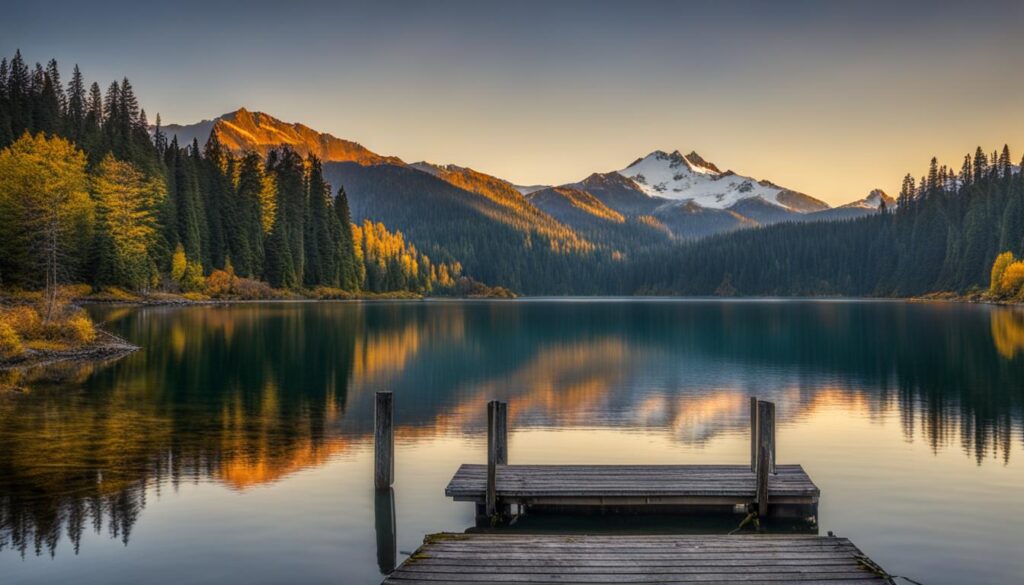
When planning a visit to Olympic National Park, it is important to consider the best times to go in order to make the most of your experience. The park offers different attractions and activities throughout the year, each season showcasing its own unique beauty. Here is a breakdown of the best times to visit Olympic National Park:
Peak Season in Olympic National Park
The peak season in Olympic National Park is during the summer months, from June through September. This is when the park experiences the highest number of visitors. The weather is generally warm and pleasant, making it an ideal time for hiking, camping, and other outdoor activities. However, it is important to note that the park can get crowded during this time, especially on popular trails and at key attractions.
Summer in Olympic National Park
Summer is a popular time to visit Olympic National Park due to the favorable weather conditions. The temperatures range from 60 to 80 degrees Fahrenheit, making it comfortable for outdoor activities. The days are longer, allowing visitors more time to explore and enjoy the park’s diverse ecosystems. It is recommended to make reservations for campsites and accommodations well in advance, as they can fill up quickly during this busy season.
Spring and Fall in Olympic National Park
Spring and fall are considered shoulder seasons in Olympic National Park. These seasons offer milder weather and fewer crowds compared to the summer months. Spring, from March to May, brings blooming wildflowers and vibrant greenery to the park. Fall, from September to November, offers stunning foliage colors as the leaves change. Both seasons are great for hiking, wildlife spotting, and enjoying the park’s natural beauty in a quieter setting.
Winter in Olympic National Park
Winter can be a beautiful time to visit Olympic National Park, especially for those who enjoy snow-capped mountains and a peaceful atmosphere. However, it is important to note that some areas of the park may be inaccessible due to snow and road closures. The winter months, from December to February, see fewer visitors, allowing for a more tranquil experience. It is advised to check for the latest weather and road conditions before planning a winter visit.
| Season | Weather | Crowds | Main Activities |
|---|---|---|---|
| Peak Season (Summer) | Warm and pleasant, 60-80°F | High crowds | Hiking, camping, wildlife viewing |
| Spring | Mild weather, blooming wildflowers | Lower crowds | Hiking, wildlife spotting |
| Fall | Mild weather, vibrant foliage | Lower crowds | Hiking, photography, wildlife spotting |
| Winter | Cold, snow-capped mountains | Fewer crowds | Snowshoeing, cross-country skiing (weather-dependent) |
Hours and Operations in Olympic National Park
When planning a visit to Olympic National Park, it’s important to be aware of the park’s hours of operation and the facilities available to visitors. The park operates year-round, but the hours may vary depending on the season and specific locations within the park. To ensure a smooth and enjoyable experience, it’s recommended to check the official website or contact the park directly for the most up-to-date information.
The park has several visitor centers where you can obtain maps, guidebooks, and information about the park’s attractions and activities. The visitor centers also provide valuable resources for understanding the park’s natural and cultural heritage. Some of the popular visitor centers include the Olympic National Park Visitor Center in Port Angeles, the Hoh Rainforest Visitor Center, and the Quinault Rainforest Ranger Station.
In addition to visitor centers, Olympic National Park offers a range of facilities to enhance your visit. These include restrooms, picnic areas, campgrounds, and parking lots. It’s important to note that some facilities may have limited availability during certain seasons or may require reservations in advance. Checking the park’s website or contacting the park’s headquarters can provide you with the most accurate and up-to-date information about the availability of facilities and any specific guidelines or restrictions that may apply.
| Facility | Hours of Operation |
|---|---|
| Visitor Centers | 9:00 AM – 5:00 PM (Varies by location and season) |
| Restrooms | Open 24 hours |
| Picnic Areas | Dawn to Dusk |
| Campgrounds | Check-in: 2:00 PM, Check-out: 12:00 PM |
| Parking Lots | Open 24 hours |
By familiarizing yourself with the hours of operation and available park facilities, you can plan your visit to Olympic National Park effectively and make the most of your time exploring this remarkable natural wonder.
Image source: https://seowriting.ai/32_6.png
RV Parks and Camping in Olympic National Park

If you’re looking to immerse yourself in nature and spend a night under the stars, Olympic National Park offers a variety of camping options and RV parks to accommodate your outdoor adventure. Whether you prefer the simplicity of tent camping or the comfort of an RV, there are facilities and amenities available to suit your needs.
Campgrounds in Olympic National Park
For those who enjoy traditional camping, Olympic National Park has several campgrounds nestled amidst its picturesque landscapes. These campgrounds provide basic amenities such as picnic tables, fire pits, restrooms, and potable water. Some popular campgrounds include Kalaloch, Staircase, and Heart O’ the Hills. It’s important to note that reservations are required for some campgrounds, especially during peak seasons, so it’s advisable to plan ahead and secure your spot.
| Campground | Location | Amenities |
|---|---|---|
| Kalaloch | Coastal area | Picnic tables, fire pits, restrooms, potable water |
| Staircase | Interior forest | Picnic tables, fire pits, restrooms, potable water |
| Heart O’ the Hills | Olympic Mountains | Picnic tables, fire pits, restrooms, potable water |
RV Parks in Olympic National Park
If you prefer the convenience of RV camping, there are also RV parks available within and near Olympic National Park. These parks offer facilities specifically designed for RVs, including electrical hookups and dump stations. Some popular RV parks include Sol Duc Hot Springs Resort and Log Cabin Resort. These parks provide a comfortable base for your outdoor exploration while still allowing you to enjoy the natural beauty of the park.
| RV Park | Location | Amenities |
|---|---|---|
| Sol Duc Hot Springs Resort | Olympic Mountains | Electrical hookups, dump stations, restrooms, showers, hot springs pools |
| Log Cabin Resort | Lake Crescent | Electrical hookups, dump stations, restrooms, showers |
Whichever camping option you choose, camping in Olympic National Park allows you to fully immerse yourself in the park’s stunning landscapes and natural wonders. Whether you’re gazing at the starry night sky, waking up to the sound of birds chirping, or enjoying a cozy campfire, the camping experience in Olympic National Park is sure to be a memorable one.
Hotels, Campsites, Cabins in Olympic National Park
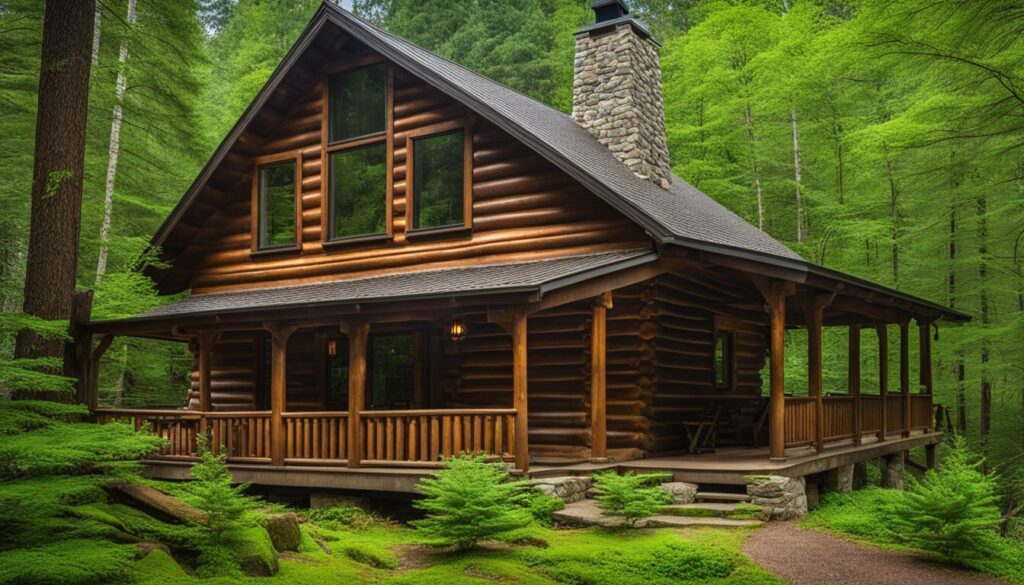
Olympic National Park offers a variety of accommodation options that cater to different preferences and budgets. Whether you prefer the convenience and comfort of a hotel, the rustic charm of a cabin, or the outdoor experience of camping, there are options available within and near the park.
Hotels in Olympic National Park
For those seeking a comfortable and convenient stay, there are several hotels located within Olympic National Park. These hotels provide easy access to the park’s attractions and offer a range of amenities to ensure a pleasant stay. Some popular hotels include:
- Lake Crescent Lodge: Located on the picturesque Lake Crescent, this historic lodge offers cozy rooms and stunning lake views.
- Log Cabin Resort: Situated on the shores of Lake Crescent, this resort features charming log cabins with modern amenities.
- Sol Duc Hot Springs Resort: Nestled in the lush Sol Duc Valley, this resort offers hot spring pools and rustic cabins for a relaxing getaway.
- Kalaloch Lodge: Positioned on the stunning coastline, this lodge provides breathtaking ocean views and comfortable accommodations.
Campsites in Olympic National Park
Olympic National Park is a great destination for camping enthusiasts. The park offers a variety of campsites that allow visitors to experience the natural beauty of the park up close. Some popular campsites include:
- Heart O’ the Hills Campground: Located near the Hurricane Ridge Visitor Center, this campground offers tent and RV sites.
- Kalaloch Campground: Situated on the coast, this campground offers stunning ocean views and beach access.
- Queets Campground: Tucked away in the rainforest, this campground provides a secluded and serene camping experience.
- Mora Campground: Located near Rialto Beach, this campground is a popular choice for beach lovers and hikers.
Cabins in Olympic National Park
For a more rustic and secluded experience, cabins are available for rent within Olympic National Park. These cabins offer a unique opportunity to immerse yourself in the park’s natural surroundings. Cabins can be found in various areas of the park, including the rainforest and lakeside locations.
| Location | Facilities | Availability |
|---|---|---|
| Rainforest Cabins | Basic amenities, rustic charm | Year-round |
| Lakefront Cabins | Scenic views, modern amenities | Seasonal |
| Mountain Cabins | Cozy retreat, access to hiking trails | Seasonal |
Whether you choose to stay in a hotel, campsite, or cabin, booking in advance is recommended, especially during peak seasons. Be sure to check the availability and make reservations to secure your preferred accommodation. Keep in mind that camping options may have specific regulations and restrictions, so it’s important to familiarize yourself with the park’s rules and guidelines.
Planning Your Visit to Olympic National Park
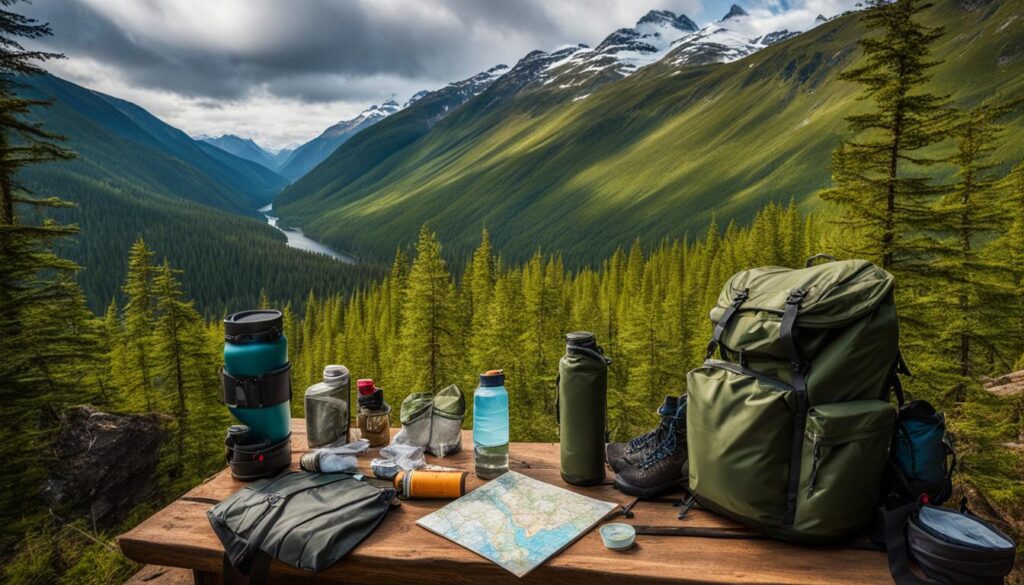
When planning a visit to Olympic National Park, there are several key factors to consider to ensure a memorable and enjoyable experience. By taking the time to plan ahead and make necessary arrangements, you can make the most of your trip to this stunning wilderness park.
Things to Consider When Visiting Olympic National Park
1. Determine the best time to visit: The park experiences different weather conditions throughout the year, so it’s important to consider the climate and seasonal changes. Summer months are popular but can be crowded, while spring and fall offer milder weather and fewer visitors. Winter brings beautiful snowy landscapes but some areas of the park may be inaccessible due to road closures.
2. Research and plan your activities: Olympic National Park offers a wide range of activities, from hiking and camping to wildlife viewing and photography. Take the time to research the available activities and choose those that align with your interests and physical abilities. Create an itinerary to make the most of your time in the park.
3. Check for park alerts and special events: Before your visit, check for any park alerts, road closures, or special events that may impact your trip. These updates can provide valuable information to ensure a smooth and enjoyable visit.
Table: Average Monthly Temperatures in Olympic National Park
| Month | High Temperature (°F) | Low Temperature (°F) |
|---|---|---|
| January | 43 | 33 |
| February | 47 | 34 |
| March | 52 | 37 |
| April | 58 | 40 |
| May | 64 | 46 |
| June | 70 | 52 |
| July | 75 | 56 |
| August | 76 | 57 |
| September | 71 | 52 |
| October | 61 | 45 |
| November | 50 | 38 |
| December | 44 | 33 |
By considering these factors and doing some careful planning, you can ensure a successful visit to Olympic National Park. Whether you’re seeking adventure in the great outdoors or simply looking to immerse yourself in the park’s natural beauty, this majestic destination will not disappoint.
Remember to pack appropriate clothing and gear for the weather conditions and activities you plan to do. Stay informed about the park’s regulations and guidelines, and always prioritize safety and conservation of this amazing natural treasure.
Directions to Olympic National Park
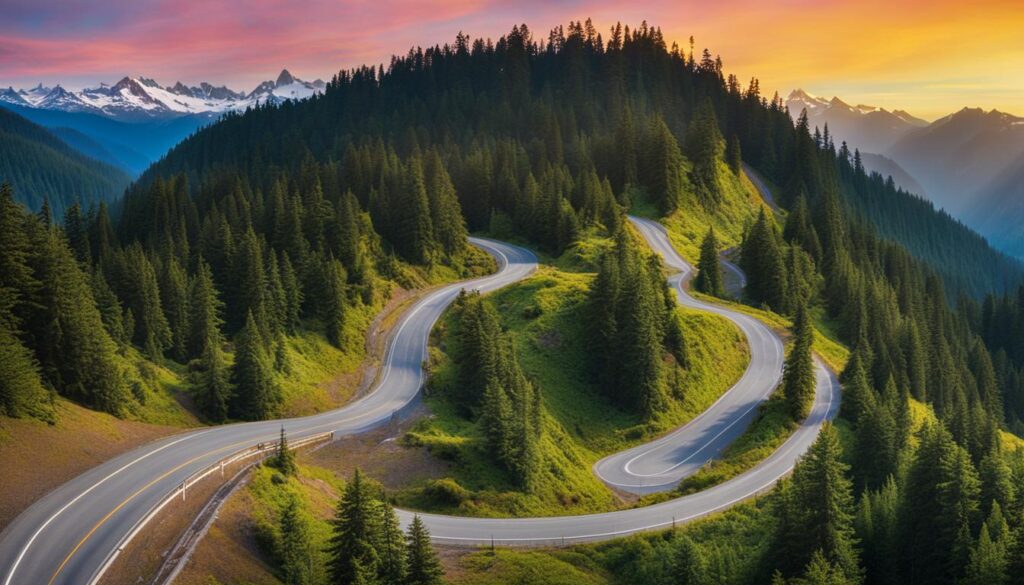
Getting to Olympic National Park is relatively easy, with various transportation options available depending on your preferences and starting point. Here are some directions to help you plan your journey:
By Car:
If you’re traveling by car, you can reach Olympic National Park via several highways and scenic byways. The most common route is via US-101, which encircles the entire park. From Seattle, you can take the Bainbridge Island ferry to Kitsap Peninsula and then continue west on US-101. From Portland, Oregon, you can head north on Interstate 5 and then follow US-101 to the park. Keep in mind that road conditions can vary, especially in winter, so it’s important to check for any closures or restrictions before you start your trip.
By Ferry:
If you’re coming from nearby islands or the Seattle area, you can take advantage of the ferry services that provide access to Olympic National Park. The Washington State Ferries operate routes from Seattle to Bainbridge Island, which is a popular gateway to the park. Once you arrive on the island, you can continue driving to the park via US-101.
By Public Transportation:
While public transportation options to Olympic National Park are limited, there are some bus services that can get you closer to certain parts of the park. The Olympic Bus Lines offers connections to Port Angeles, which is a convenient base for exploring the northern part of the park. From Port Angeles, you can rent a car or join a guided tour to further explore the park’s attractions.
Remember to plan your trip in advance, especially during peak seasons, and check for any updates or changes in transportation options. By considering these directions and choosing the most suitable mode of transportation for your journey, you’ll be well on your way to experiencing the breathtaking beauty of Olympic National Park.
Conclusion
As we conclude this comprehensive guide to Olympic National Park, it is clear that this natural wonder holds endless opportunities for exploration and adventure. With its diverse ecosystems, breathtaking landscapes, and a myriad of activities to choose from, Olympic National Park is truly a gem for nature lovers and outdoor enthusiasts.
By carefully planning your visit, considering the best times to explore, and taking into account the weather conditions, you can maximize your experience in this incredible national park. Whether you crave thrilling hikes, peaceful moments in the heart of the rainforest, or simply a chance to reconnect with nature, Olympic National Park has it all.
So, start planning your trip today and embark on a memorable journey through the wonders of Olympic National Park. This trip planning guide has provided you with all the necessary information to make the most of your visit. Remember to pack appropriately, respect the park’s rules and regulations, and immerse yourself in the beauty of this magnificent destination. Enjoy your adventure in Olympic National Park!
FAQ
What is the weather like in Olympic National Park?
Olympic National Park experiences a temperate climate, with mild summers and cool, wet winters. The coastal areas receive more rainfall compared to the inland areas. The temperature can vary significantly depending on the season and elevation.
What are some key attractions in Olympic National Park?
Some of the key attractions in Olympic National Park include Hurricane Ridge, Lake Crescent, Hoh Rainforest, Sol Duc Falls, Rialto Beach, Ruby Beach, and more. These attractions offer stunning views, unique ecosystems, and opportunities for outdoor activities.
What activities can I do in Olympic National Park?
Olympic National Park offers a wide range of activities, including hiking, camping, fishing, wildlife watching, birding, kayaking, backpacking, and picnicking. The park has numerous trails for different skill levels and several campgrounds for overnight stays.
When is the best time to visit Olympic National Park?
The best time to visit Olympic National Park depends on your preferences and the activities you plan to do. The summer months of June through September are the busiest and most crowded times. Spring and fall offer milder weather and fewer crowds. Winter can be beautiful, but some areas may be inaccessible due to snow and road closures.
What are the hours and operations of Olympic National Park?
The hours and operations of Olympic National Park vary for visitor centers, campgrounds, and other facilities. It is important to check the official website or contact the park for up-to-date information on operating hours, closures, or restrictions.
Are there camping options in Olympic National Park?
Yes, Olympic National Park has several campgrounds and RV parks where visitors can stay and enjoy the natural surroundings. Some campgrounds require reservations, especially during the busy summer months, while others operate on a first-come, first-served basis. RV parks provide facilities for RVs and motorhomes.
What accommodation options are available in Olympic National Park?
In addition to camping, Olympic National Park offers a variety of accommodation options, including hotels, lodges, cabins, and campsites. There are seasonal lodges located within the park, as well as nearby private campgrounds and cabin rentals.
How do I plan a visit to Olympic National Park?
Planning a visit to Olympic National Park involves researching activities, determining the best times to visit, making accommodation reservations if necessary, and preparing for the weather and terrain. It is helpful to check for any park alerts, road closures, or special events that may impact your visit.
How do I get to Olympic National Park?
Olympic National Park can be accessed by various modes of transportation. If you are driving, you can reach the park via highways and scenic byways. There are also ferry services available for those coming from nearby islands or from the Seattle area. Public transportation options are limited, but there are some bus services that provide access to certain parts of the park.

